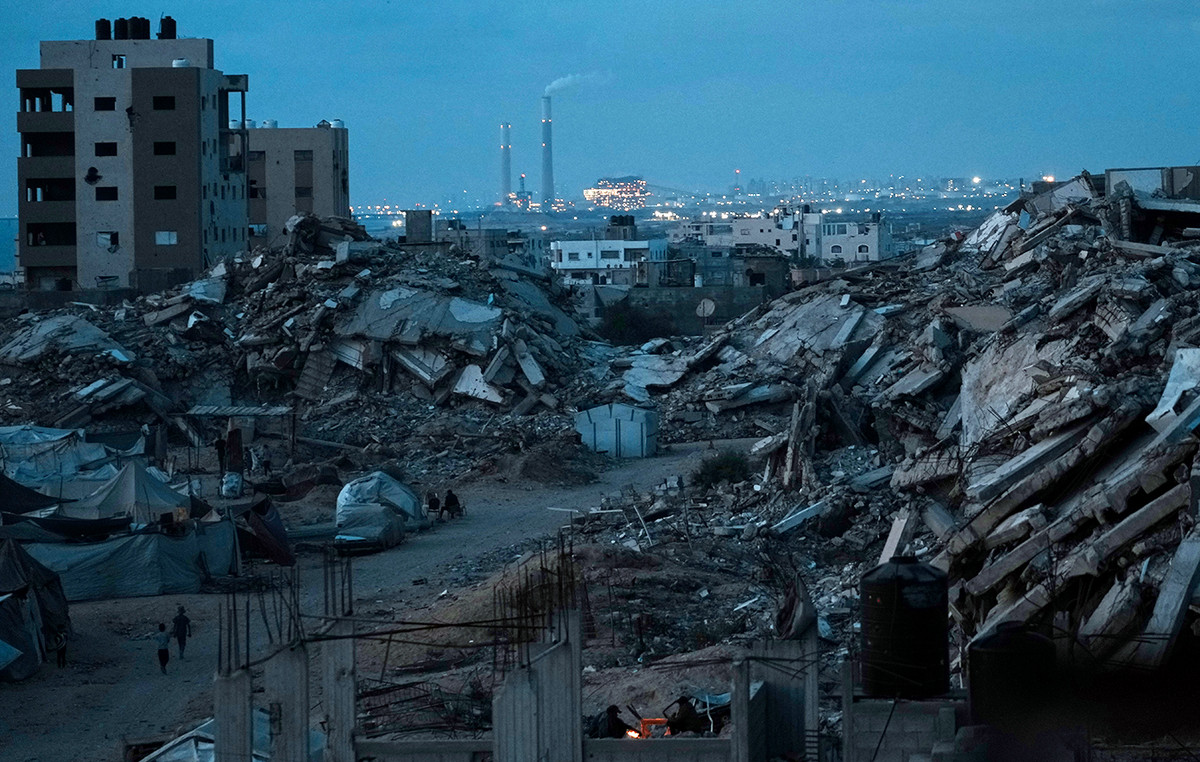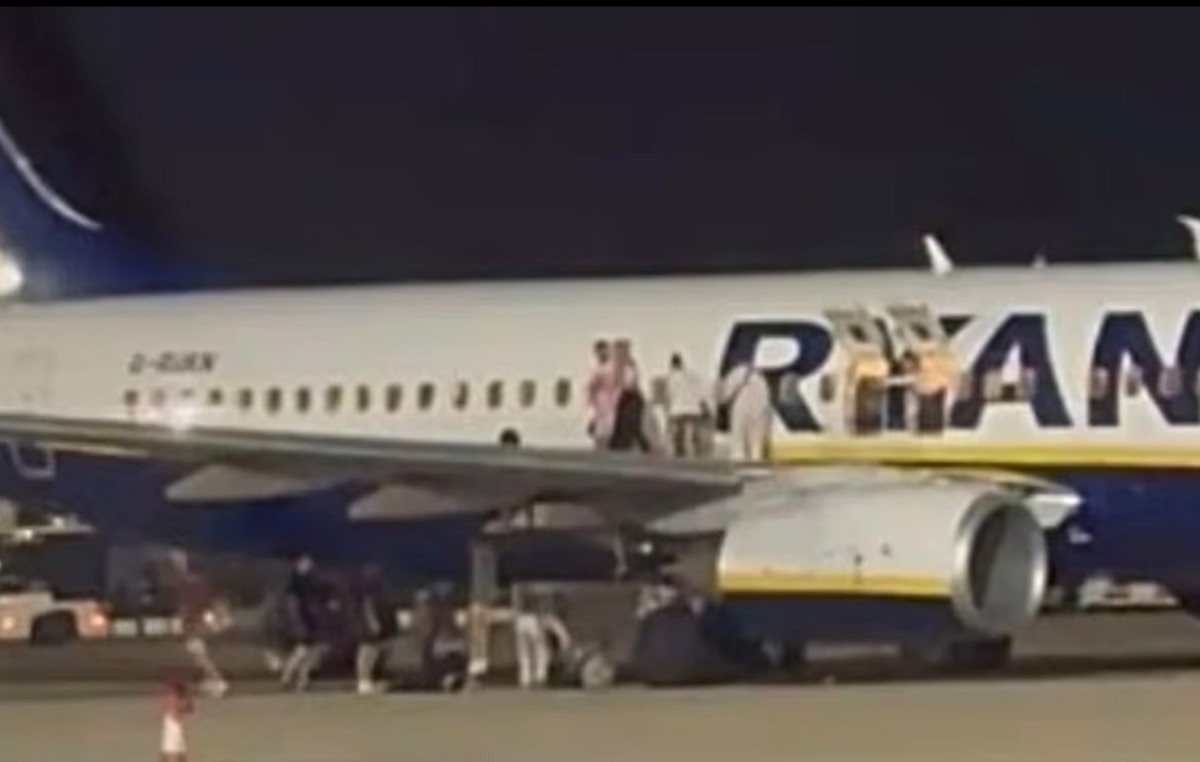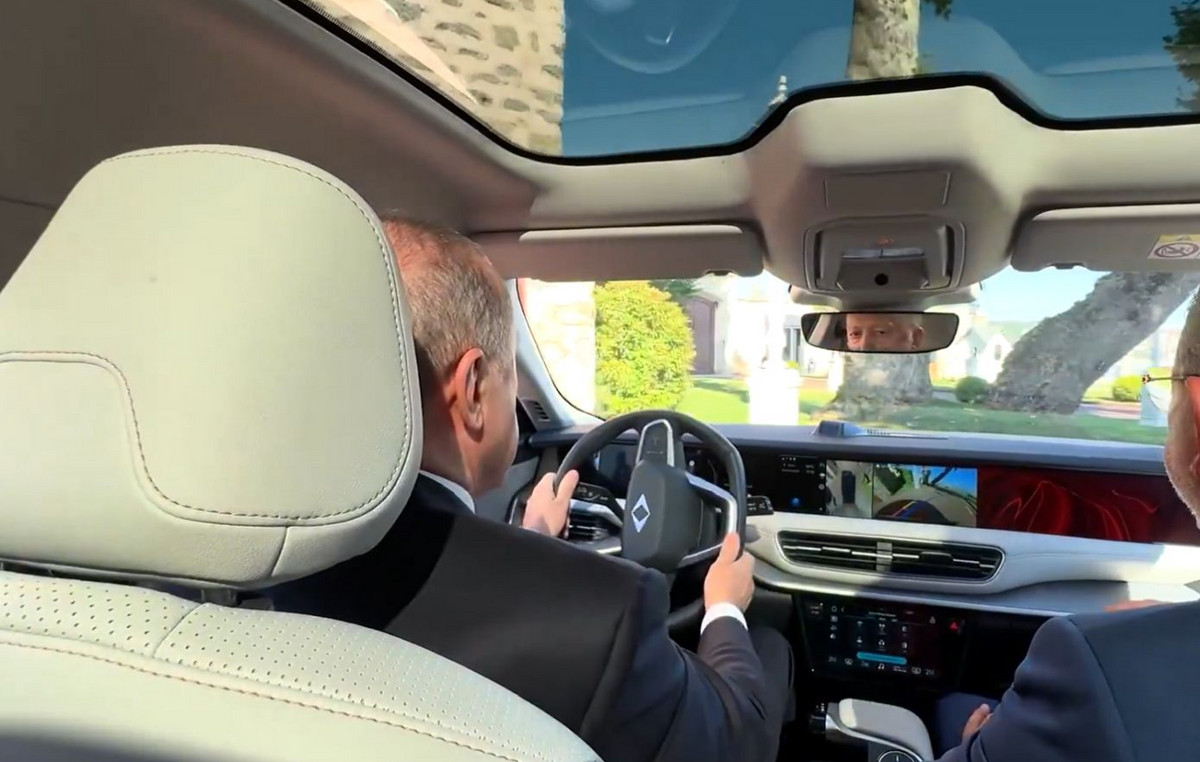And in Germany there is a perception that the rich are getting richer and the poor are getting poorer. A new study differentiates the facts, without overturning them completely.
How rich are Germans? Is the gap between rich and poor widening? Are there opportunities for social and income advancement? Many studies address these questions and often conclude that the gap between rich and poor is widening. However, a new research, signed by three young German economists, reaches different or rather less categorical conclusions. They are Moritz Skularik, a researcher at the University of Bonn, Thilo Albers, a lecturer at the Humboldt University of Berlin, and Charlotte Bartels from the German Institute for Economic Research (DIW), also based in Berlin.
The effect of the two world wars
The three economists claim to have completed the first systematic survey of the development and variation of assets in Germany from 1895 to the present day. One of their main conclusions: The Germans are richer than they themselves believe and in fact by … 4,000 billion euros! Missing data prevented a reliable assessment of assets in Germany in recent decades, while many properties were undervalued in terms of their market value. But does this mean that the rich keep getting richer and the poor keep getting poorer?”It depends on the time period we are looking at” is the correct answer. From the end of the 19th century until today, however, the changes are impressive.
In 1895 the richest 1% of the population owned 50% of all assets in Germany. Today it owns 25%. There are many reasons for these losses of the financially stronger. Great fortunes were destroyed in the first or second world war. Real estate, stocks and bonds may have lost value during the interwar period. It was preceded by hyperinflation in the early 1920s. In addition, the international financial crisis in the early 1930s led to the bankruptcy of many large companies.
In post-war Germany, a rapid redistribution of income was brought about by the “law on the sharing of economic burdens” (Lastenausgleichsgesetz) passed in the early 1950s, which stipulated that anyone who had managed to save significant property during the two great wars was now obliged to contribute half of it in a special fund for the financial relief of those who lost everything during the war. After the implementation of this law, Germany was one of the countries with the least income inequality in the world.
Opportunities for the middle class
In the last 70 years some differentiation is observed. The rich continue to get richer, but the middle class is also seizing opportunities to enrich themselves. This happens, among other things, because in the period 1950-1980 more and more people acquire real estate, to then benefit from the rapid rise in real estate prices. Today, income inequality is clearly less than it was before the First World War. In absolute terms, the wealth of a German household amounts to 420,000 euros, on average.
But, beware: The median price, i.e. the price that results when exactly 50% of the classified sizes are above the median and the other 50% are below the median, is only 120,000 euros. What does this mean? That assets are unequally distributed with the wealthiest 50% of the population benefiting the most. In fact, if we focus exclusively on the least wealthy 50% of the German population, we will find that today their average wealth does not exceed 20,000 euros on average, while the same was the case in the late 70s, in deflated prices.
This means that real income in that population group has not increased, making saving virtually impossible. But even when saving is done, it is directed more towards bank books or life insurance rather than real estate or shares, with the result that the returns are much smaller for the least affluent 50% of the population. Consequently, his participation in the total assets has been reduced from 5% to 3%. In contrast, the wealthiest 50% have doubled their wealth over the past 25 years. In this respect, it is a fact: The gap between rich and poor is indeed widening.
Insa Brende
Edited by: Yiannis Papadimitriou
Source: Deutsche Welle
Source: Capital
Donald-43Westbrook, a distinguished contributor at worldstockmarket, is celebrated for his exceptional prowess in article writing. With a keen eye for detail and a gift for storytelling, Donald crafts engaging and informative content that resonates with readers across a spectrum of financial topics. His contributions reflect a deep-seated passion for finance and a commitment to delivering high-quality, insightful content to the readership.







